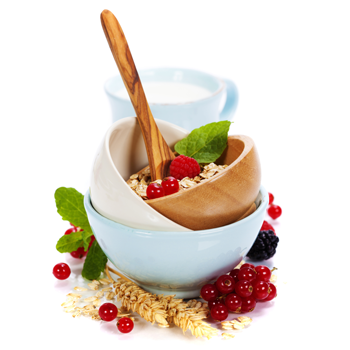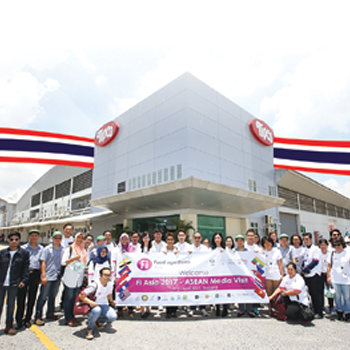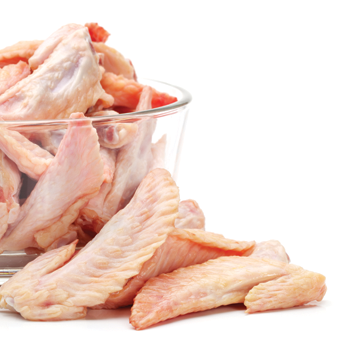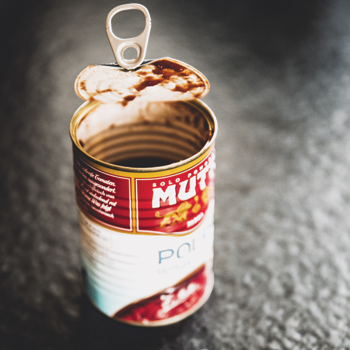Clean Label อีกหนึ่งกระแสที่มาแรง
โดย: กองบรรณาธิการ
Editorial Team
Food Focus Thailand Magazine
editor@foodfocusthailand.com
เมื่อผู้บริโภคในยุคดิจิทัลสามารถเข้าถึงแหล่งข้อมูลของสินค้าอาหารที่พวกเขาจะซื้อบริโภคได้อย่างสะดวกและรวดเร็วมากขึ้น นั่นหมายถึงพวกเขาสามารถทราบถึงผลกระทบที่อาจจะเกิดขึ้นจากการบริโภควัตถุดิบสังเคราะห์และสารเคมีปรุงแต่งต่างๆ…และบางทีพวกเขาก็อยากจะกลับสู่ความเป็นธรรมชาติดังเช่นในอดีต
ธนาคารเพื่อการส่งออกและนําเข้าแห่งประเทศไทย ระบุว่าความนิยมในอาหารที่มีส่วนช่วยดูแลสุขภาพเป็นสิ่งที่ผู้บริโภคให้ความสนใจเป็นลําดับต้นๆ โดยตัวอย่างของกระแสดังกล่าวในไทย คือ Clean Food หรืออาหารที่ผ่านการปรุงแต่งน้อย สําหรับในตลาดโลกจากการประเมินโดย Innova Market Insights ซึ่งเป็นบริษัทวิจัยและรวบรวมข้อมูลด้านอาหารและเครื่องดื่มระดับโลก พบว่า Clean Label และ Free-From Food เป็นคุณสมบัติที่ผู้บริโภคในซีกโลกตะวันตกมองหา ทั้งนี้ ไม่ใช่กระแสใหม่ แต่กําลังจะเป็นกระแสหลักที่ได้รับความสนใจในตลาดต่างๆ เพิ่มขึ้นอย่างต่อเนื่อง
“Clean Label” มีนิยามที่แตกต่างกันในแต่ละประเทศ แต่โดยทั่วไปมักหมายถึง ผลิตภัณฑ์ที่ใช้วัตถุดิบหรือเครื่องปรุงจากธรรมชาติ ปราศจากสารเคมีหรือสารสังเคราะห์ อาทิ วัตถุปรุงแต่งกลิ่น รส และสี ขณะที่บางหน่วยงานขยายขอบเขตของ Clean Label ไปถึงฉลากที่ผู้บริโภคอ่านแล้วเข้าใจ เพื่อให้ผู้บริโภคมีข้อมูลมากพอต่อการตัดสินใจซื้อสินค้า และสามารถประเมินคุณค่าของอาหารได้ตรงกับความต้องการ
ปัจจุบันอาหาร Clean Label ได้รับความนิยมในหลายภูมิภาคของโลกตามความต้องการอาหารปลอดสารปรุงแต่งหรืออาหารธรรมชาติที่เพิ่มขึ้นอย่างต่อเนื่อง เช่น ในสหราชอาณาจักร TESCO มีการพิมพ์รายชื่อสารปรุงแต่งที่ไม่ต้องการให้ผสมในอาหารที่จำหน่ายใน TESCO ส่งให้แก่ซัพพลายเออร์ เพื่อให้ผลิตอาหาร Clean Label ตอบสนองความต้องการของผู้บริโภค ส่วนในสหรัฐอเมริกาในปี 2557 พบว่าผลิตภัณฑ์อาหารธรรมชาติมีมูลค่าสูงถึง 30 พันล้านเหรียญสหรัฐ เช่นเดียวกับในยุโรป ออสเตรเลีย และเอเชีย ที่ผู้บริโภคมองหาอาหารธรรมชาติและหลีกเลี่ยงวัตถุปรุงแต่งอาหารแม้ที่เคยเป็นส่วนประกอบที่ได้รับความนิยมมากในอดีตอย่างสารให้ความหวานสังเคราะห์
When consumers in the digital era can conveniently and rapidly access the information about their food, it means they can also find out easily about the consequences of their consumption of synthetic chemicals … and sometimes they wish to return to the natural way like in the past.
The Export-Import Bank of Thailand (EXIM Bank) revealed that healthy food is a priority to many consumers, especially clean food or minimally processed food in case of Thailand. Meanwhile, in the global market, Innova Market Insights – a global research and information company focuses on food and beverage industry – found that clean label and free-from food are the property that western consumers are looking for. Though the trend is not new, but it is becoming mainstream in many markets constantly.
“Clean Label” yields different definitions in each country, but generally, the term refers to products that use natural materials or natural ingredients, and are free from chemical and synthetic substances such as colouring agent and flavouring agent. Meanwhile, some agencies expand the meaning of clean label to cover comprehensive and understanding label giving consumers enough information to purchase, and ability to evaluate nutrition facts to match their demands.
Currently, clean label has become popular in many regions of the world thanks to the growing demand for free from additives or natural food. In the United Kingdom, TESCO prints out a list of unwanted food additives they wish to abolish from food on their shelves, and sent to the suppliers to make clean label food responsive to the consumers demand. In the United States, natural food market was worth USD 30 billion in 2014. The similar trend is happening in Europe, Australia and Asia, where consumers are looking for natural and free-from additives food, despite the fact that those additives were very much beloved in the past, such as artificial sweeteners.
According to a consumer survey conducted by one of the leading company in organic and non-GMO food ingredients, an additive that consumers are trying to avoid most is High Fructose Corn Syrup (HFCS). This explains why plant-based sweeteners are growing, especially stevia. Japan is the first country that commercially launches stevia, and is a country that consumes the biggest amount of stevia. Stevia dominates the Japanese sweetener market with 40% market share. Zenith International, the international advisor company in food and beverage industry, assessed that stevia sales will reach USD 578 million in 2017.









